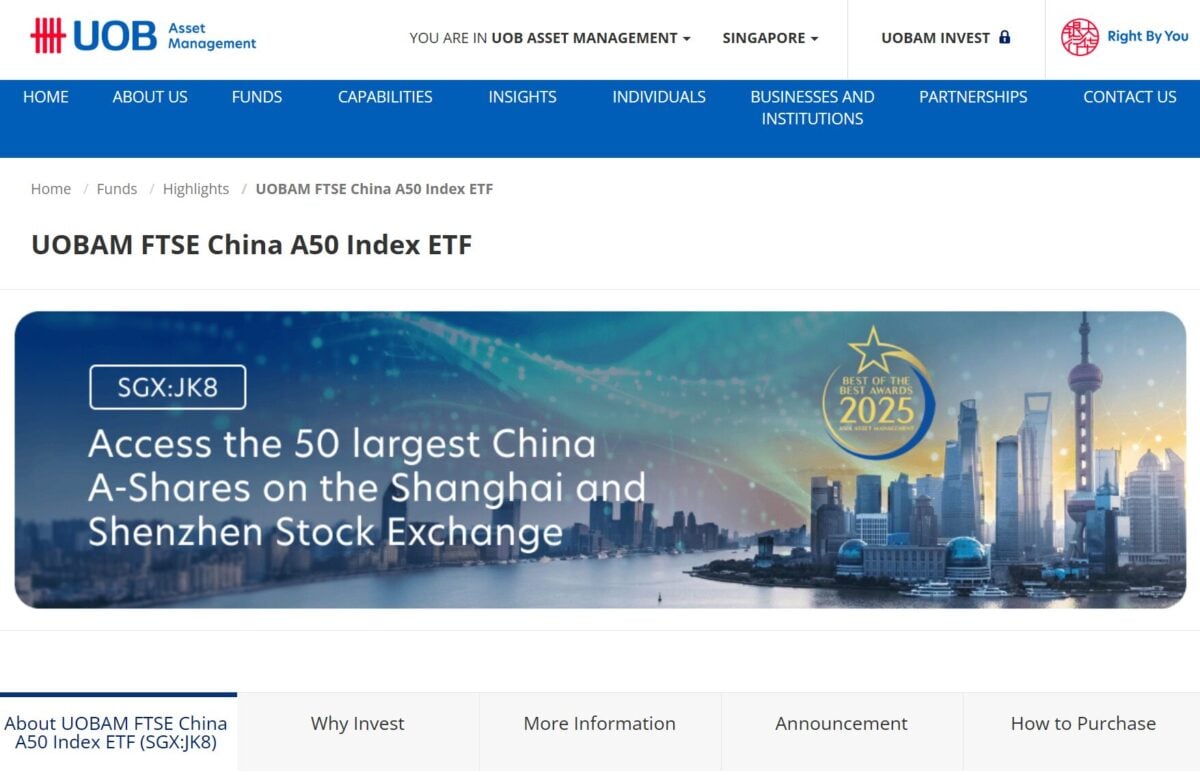
Starting 15 October 2025, major retail banks in Singapore will implement a new anti-scam safeguard that could delay large fund transfers.
Under this measure, banks will be allowed to hold or reject transfers from accounts with balances of S$50,000 or more if withdrawals made within 24 hours exceed half of the total account balance. The rule applies to all digital banking transactions made through mobile apps and internet banking. However, recurring payments such as standing instructions and GIRO deductions will be exempted from this restriction.
This new policy is designed as an anti-scam measure. By creating a 24-hour “cooling period,” it gives potential scam victims more time to detect and reverse fraudulent transfers, even those they might not immediately notice, such as transactions made through compromised phones or devices. The goal is to reduce losses and make it harder for scammers to quickly drain large sums from victims’ accounts.
That said, the change may cause inconvenience for legitimate users.
For instance, someone who has just received S$1 million from the sale of a property might wish to transfer the funds to a high-interest savings account or investment platform. Under the new rule, such a transfer could take a few days to complete. Similarly, those making large payments, such as to family members, friends, or suppliers, may experience delays while the bank holds the funds for verification. It’s also worth noting that transfers to a bank account in your name at another bank may still be held or rejected.
While the intent is to strengthen protection against scams, it also means that large legitimate transfers will now require more time and planning. It also means we will need to plan in advance if we wish to make large transfer of funds. For example, if you sold S$500,000 worth of shares and wish to use the funds to pay for new shares that you have bought, it may actually take you a few days to make full payments for these new shares. However, according to the FAQ issued by The Association of Banks in Singapore (ABS), bill payments to organisations classified as billing organisation by the bank are exempted from this “cooling period.”
How The 24-Hour “Cooling Period” Works
To begin, this new measure only applies to accounts with more than S$50,000 in savings. So if you have, say, S$1,000 and transfer S$500 to a friend, you won’t be affected.
The 24-hour “cooling period” kicks in when your total withdrawals and transfers within a 24-hour window exceed 50% of your account balance. In other words, if you have S$100,000, you can’t simply make five separate transfers of S$20,000 each to avoid the restriction. Once your cumulative transfers cross the 50% threshold —in this case, during the third transaction — the cooling measure will be triggered, and the bank may hold or delay further transfers for up to 24 hours.
When transactions are held or rejected, customers will be informed immediately on their mobile banking app or internet banking platform, with instructions on the next steps to take.
This restriction doesn’t apply to non-digital banking transactions. Thus, even if you have reached the 50% threshold, you will still be able to make non-online transactions, such as ATM withdrawal or cash withdrawals at banks, which will not be affected.
How Long Will It Take For S$1 Million To Be Transferred Out?
If you have a large sum of money to redeploy — for instance, after selling your home for S$1 million — this new rule means it could take several days to move your funds into various high-interest savings accounts.
Here’s how it works in practice:
Day 1: You can transfer up to S$499,999 (49.9%) of your balance.
Day 2: Your new balance is S$500,001, so you can transfer up to S$250,000 (49.9%).
Day 3: With S$250,001 remaining, you can transfer another S$125,000 (49.9%).
Day 4: You can then move S$62,500 (49.9%).
Day 5: Since your remaining balance is still above S$50,000, the rule continues to apply — meaning you can only transfer S$31,250 (49.9%).
Day 6: Finally, you can withdraw the remaining S$31,251, bringing your balance below the S$50,000 threshold.
| Day | Starting Balance (S$) | Maximum Transfer Allowed (49.9%) | Ending Balance (S$) |
| 1 | 1,000,000 | 499,999 | 500,001 |
| 2 | 500,001 | 250,000 | 250,001 |
| 3 | 250,001 | 125,000 | 125,001 |
| 4 | 125,001 | 62,500 | 62,501 |
| 5 | 62,501 | 31,250 | 31,251 |
| 6 | 31,251 | 31,251 | 0 |
In total, it would take six days to fully transfer the entire S$1 million, assuming you withdraw the maximum 49.9% each day. If you transfer less on some of the days, the process would take even longer.
With this new rule in place, it’s essential to plan your large withdrawals or transfers in advance, especially if the funds are needed urgently for investments or any other time-sensitive payments.
A Small Inconvenience For A Greater Good
While this new rule may feel inconvenient for those who occasionally handle large sums of money, such as investors and business owners, its broader purpose is clear. The 24-hour cooling period is designed to protect the population from scams, reduce potential losses if scams do occur, and give victims time to reverse unauthorised transfers.
Like most security measures, it will come at the expense of convenience. Legitimate users will need to plan their withdrawals and transfers in advance, and large transactions may no longer be completed instantly but will take a few days. But in exchange, Singapore’s banking system becomes more resilient against scams that have cost victims millions in recent years.
Read Also: 6 Measures Introduced By Banks To Safeguard Our Savings Account
The post How Long Will It Take To Transfer S$1 million From Our Savings Account With The New 24-Hour “Cooling Period” appeared first on DollarsAndSense.sg.











